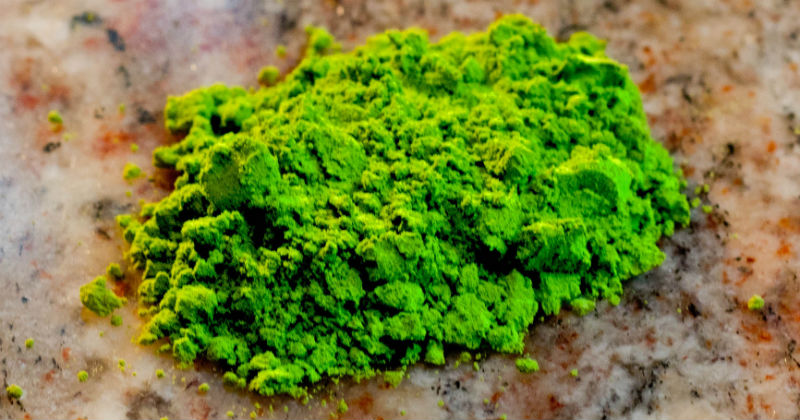Victoria Dawson Hoff thought she was drinking too much coffee. So she tried something else for a little while. Actually, over the course of a normal 5-day workweek, she tried 5 different alternatives. She had some help from a real food babe, Dana James, MS, CNS, CDN, nutritional therapist and founder of Food Coach NYC.
Victoria had 5 options and went through them day-by-day to see what differences each one had. She had heard some pros and cons to each one, so she set herself up with “the best potential” coffee alternatives on the days when she knew she would need them.
Get Up And Go
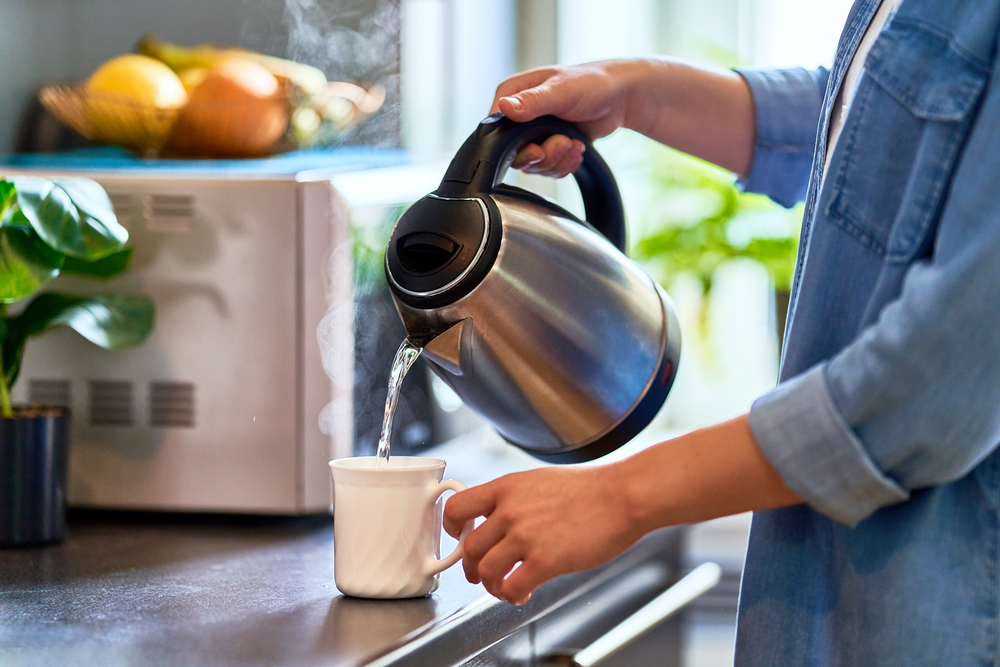
Most of us drink coffee to get the benefits of caffeine: heightened alertness, more “energy”, boosted metabolism, and more. But when Victoria realized her coffee consumption was out-of-control she thought she needed to make a change.
Not a fan of chilled meats, Victoria decided not to go cold turkey. She was only drinking 5 cups a day, which is making me reconsider my daily coffee choices. Instead of giving up on caffeine, Victoria tried:
- Maca
- Dandelion Tea
- Matcha
- Chlorophyll
- Wheatgrass
Read More: Wrinkles Under Eyes (or on your face) + 11 Ways to Naturally Treat and Help Prevent Wrinkles
Maca
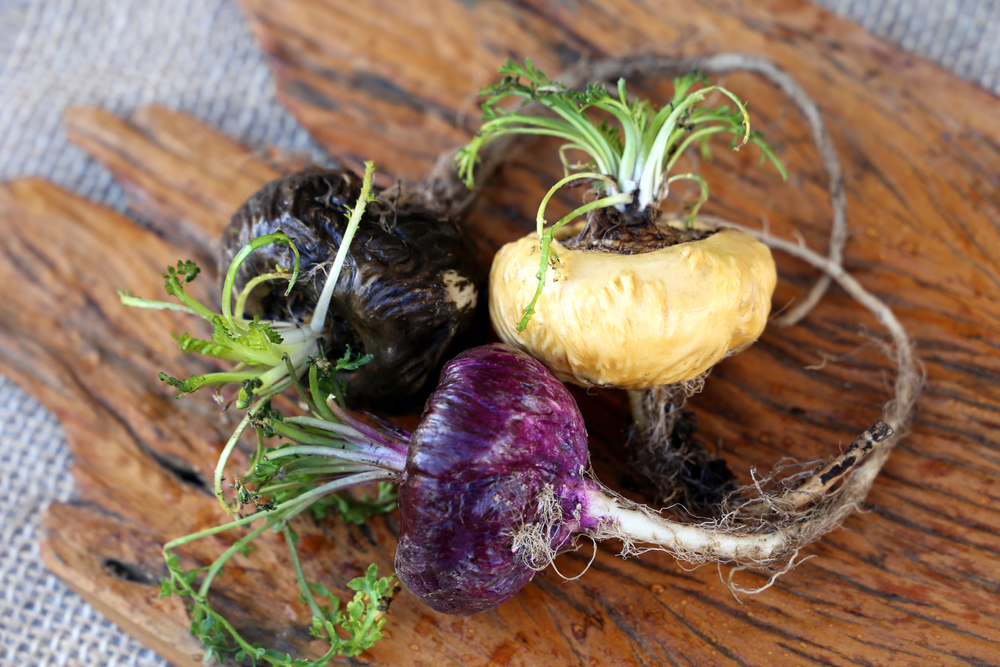
Maca is a Peruvian superfood that comes in powdered form, so it’s easy to use and brew at home. Victoria was familiar with maca powder as she’d used it before to deal with menstrual cramps and irregularity during that time of the month. Dana James has this to say:
“(Maca) may have a very indirect effect on restoring your adrenals, so it may support energy levels.” She added that the effect is likely going to be “minimal.” Victoria agrees. “Although I was able to experience my first day sans coffee without the typical headaches of withdrawal, I was still exhausted and very cranky throughout the day.” Maca, it seems, is not a suitable replacement. What about…
Dandelion Tea
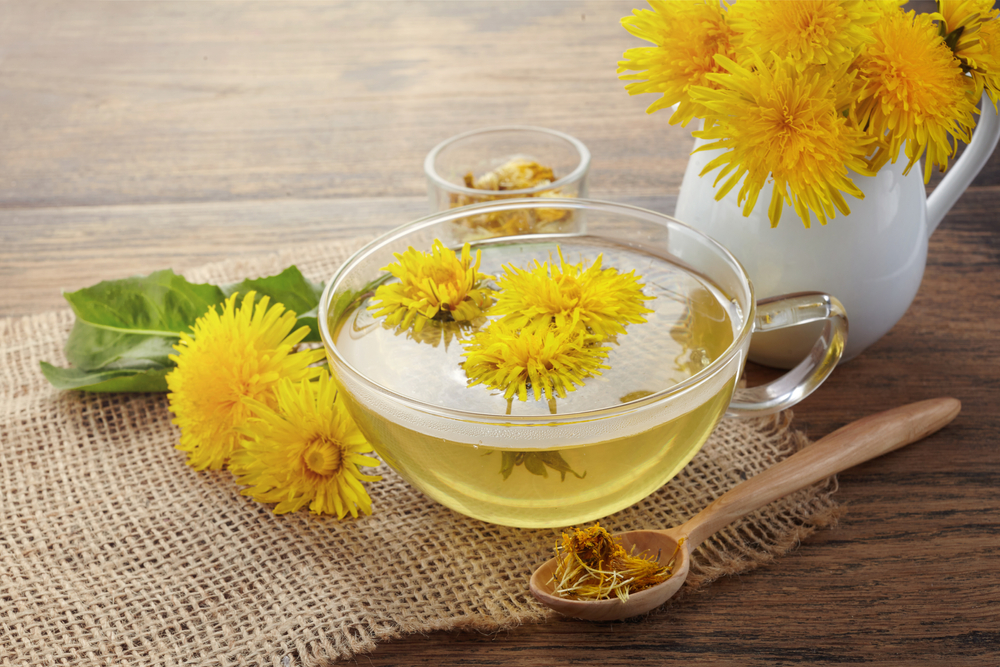
Dana James calls this an “old-school coffee replacement” because it looks like coffee and “sort of tastes like it.” However, avid coffee drinkers would not be tricked at all. Personally, I think it tastes terrible. Sure, coffee is “bitter” but dandelion tea is a whole different world of bitter.
Victoria found the taste to be the only thing slightly similar to her morning coffee. “I experienced withdrawal headaches. I also had trouble accessing the creative part of my brain, and instead could only focus on menial tasks.” Dandelion tea was Victoria’s worst-reviewed coffee alternative. Her next day was a big one, so she had a good coffee alternative lined up…
Matcha
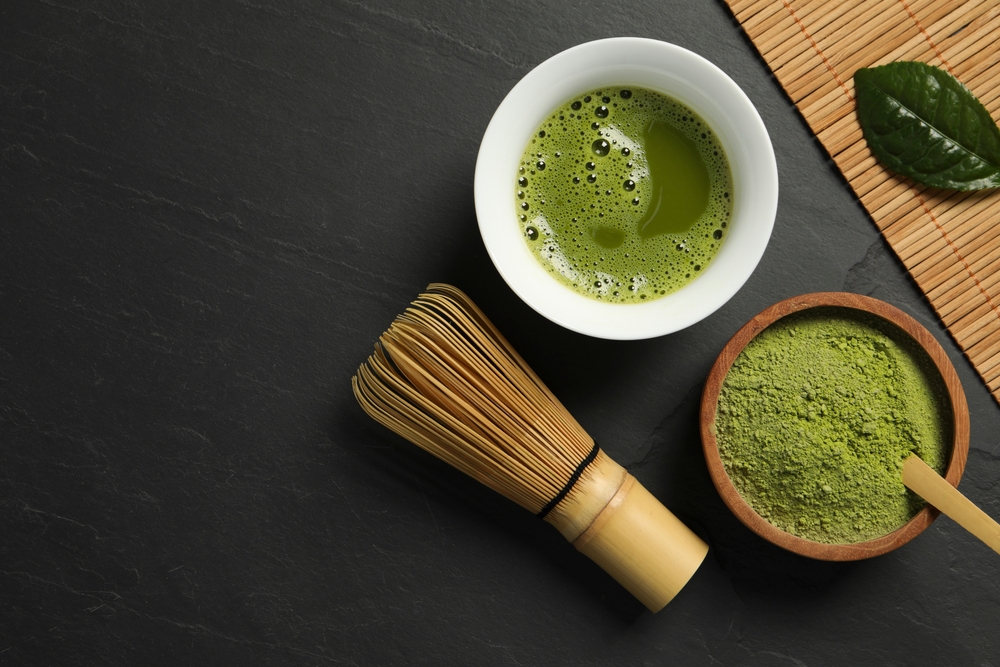
Victoria saved matcha for her Wednesday because it has caffeine. Not the same amount as coffee, but enough to get her (and you) through the day. Matcha also has a host of other health benefits.
This is why it is James’ number one coffee replacement. “Matcha contains 10 times more antioxidants than regular green tea and has 30mg of caffeine per serving. An espresso has 100mg.” Matcha (and all green teas) also have catechins which soften the jittery feelings associated with caffeine.
Victoria could get through the day easily on matcha. It was also the only thing to relieve her bloat that started when she gave up coffee, and restore her metabolism. Matcha is definitely a worthy coffee alternative, what was the other useful alternative? Wheatgrass or…
Read More: How to Get Rid of Blackheads Naturally (2-Ingredient Recipe)
Chlorophyll
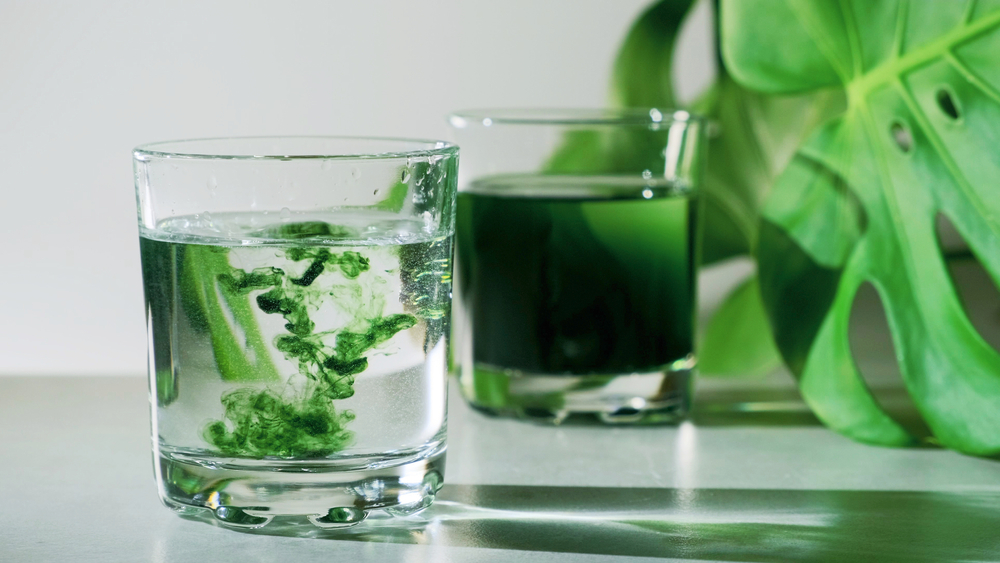
On Thursday morning Victoria dropped a teaspoon of this “liquid plant energy” into a water bottle, chugged it, and was on her way. In her words: “I felt amazing: focused, energized, and quick.”
James says this is because chlorophyll oxygenates the blood and hemoglobin levels. I haven’t yet tried liquid chlorophyll, but it sounds like it mimics coffee pretty well, without the caffeine fix or crash. Those are the two that work, so what about…
Wheatgrass
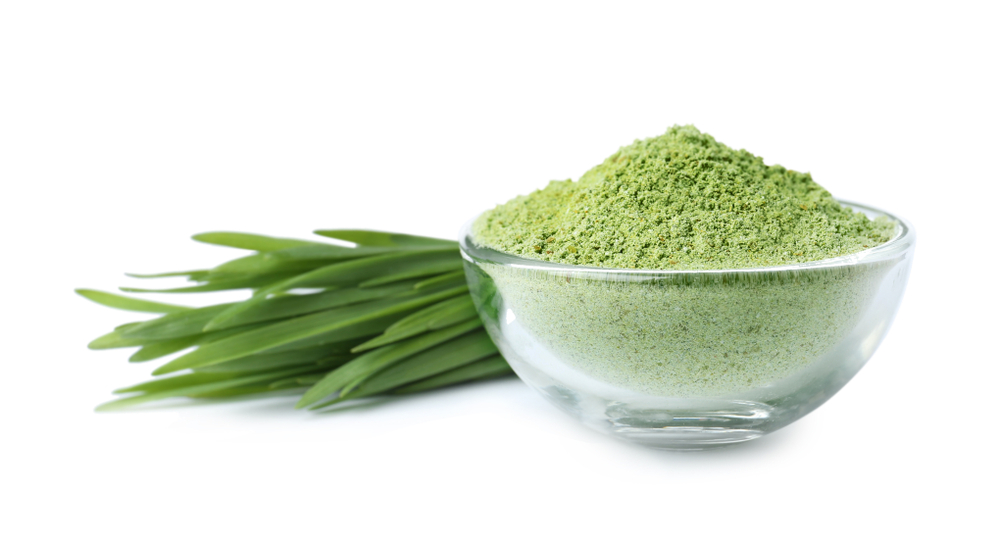
“Chlorophyll is 100 percent chlorophyll while wheatgrass is 70 percent chlorophyll, with vitamin C and magnesium,” says James. Victoria had a shot of the stuff in the morning and was feeling an energy craving in the early afternoon.
She was hoping that it would have a similar effect to the liquid chlorophyll and that the magnesium would help because it is key for keeping energy levels up. Wheatgrass, however, fell short of a proper coffee alternative.
After her 5-day no-coffee trial period, Victoria now has a good system. She may be back on coffee, but not as much as she used to drink. For the Best Boost, Dana James and Victoria Dawson Hoff both suggest:
- One cup of coffee in the morning
- A morning jog
- One shot of chlorophyll in the afternoon
- Matcha whenever you need it
There you go, coffee lovers, nothing to be afraid of! Just a new perspective on an old question: how will I make it through the day?

Read More: 21 of the Best Natural Oils for Your Skin and Hair (Benefits and How to Use)
